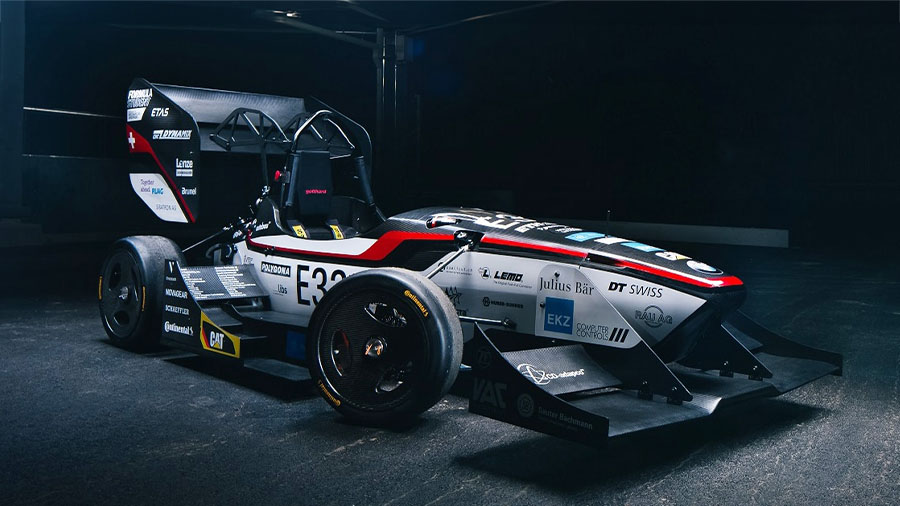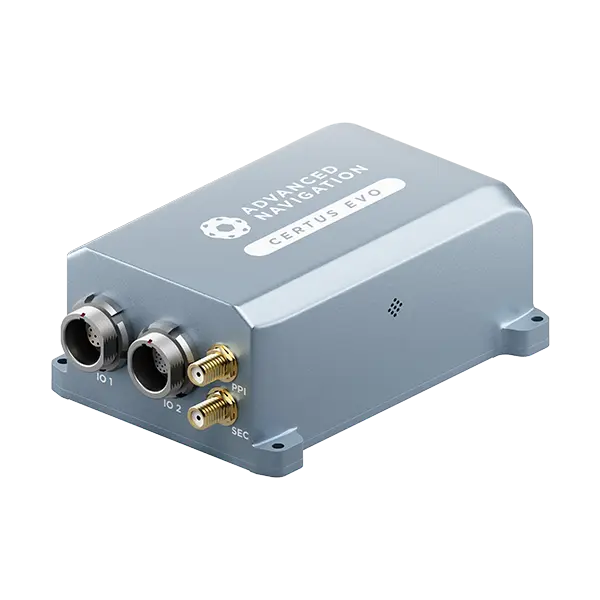Case Study


Published on:

AMZ, Switzerland
The Academic Motorsports Club Zurich (AMZ) was founded in 2006 by students of ETH Zurich with the mission to “push the limits of autonomous racing and inspire young minds to take on challenges in engineering and business”. It’s this ethos that has propelled AMZ to impressive displays at the annual Formula Student competitions across Europe, which reward innovation and initiative.
After developing three combustion engine cars, AMZ began developing electric racing cars in 2010. In 2016, the buzz around AMZ was palpable after they broke the 0 to 100kph world record set by an electric car. The vehicle reached 100kph in just 1.513 seconds. In comparison, the typical range for F1 race cars is between 2.1 to 2.7 seconds.
AMZ’s pursuit of excellence was particularly prominent when it competed in the Formula Student Driverless competition in 2017. The competition challenges student teams to build a high-performance autonomous race car.
To ensure their latest autonomous car would maintain a competitive edge, AMZ needed a high accuracy inertial navigation system (INS) with a very high update rate to account for the car’s incredible speed.
The Formula Student Driverless is not won solely by the team with the fastest car, but rather by the team who could develop an autonomous car that could perform in the disciplines of engineering, cost, and business planning.
Furthermore, each of these disciplines would test the abilities of the autonomous car:
AMZ’s latest car, Gotthard, was originally designed for Formula Student’s electric racing competition. The team updated Gotthard’s design to use an autonomous system for the 2018 Formula Student Driverless competition.
Named after the famous Swiss mountain pass, Gotthard weighed only 181 kilograms. With 156kw, the power-to-weight ratio is 0.86 kW/kg, a value that exceeds even supercars and gives the prototype its tremendous acceleration.
As the Formula Student Driverless competition is an autonomous race, a high-performance inertial measurement unit (IMU) and global navigation satellite system (GNSS) are among the most critical components of an autonomous vehicle.
In particular, Gotthard would use LiDAR to distinguish between the different colored cones that marked the race track in order to navigate the course efficiently. AMZ needed a reliable solution with centimeter-level accuracy that would allow it to observe and rectify non-expected behavior.
Choosing the right solution can be the difference between staying on track…or not.
AMZ selected Advanced Navigation Spatial Dual, a ruggedized GNSS-aided inertial navigation system (INS) that provides accurate position, velocity, acceleration, and orientation.
“The Advanced Navigation Spatial Dual we used in our driverless racing car this season was a great choice.”
Miguel de la Iglesia Valls, Chief Technical Officer, AMZ Race Car
“First of all, its gyros and accelerometers have very low noise, which allowed us to have an accurate motion model for our Simultaneous Localization and Mapping (SLAM) module. In addition, thanks to its two antennas, the heading accuracy is extremely high even at standstill. This accuracy combined with the velocity measurements from the GPS, and its IMU, allowed us to get robust velocity estimates even when the car is drifting or performing non-standard maneuvers”
Continued Miguel

The AMZ race car in action

Certus Evo is an AI-based MEMS GNSS-aided INS that provides extremely accurate position, velocity, acceleration and orientation under the most demanding conditions. It offers FOG-like performance combined with the reliability and affordability of MEMS sensors. It features low SWaP-C (Size, Weight, Power, and Cost), internal data logging, and multiple communication interfaces for easy integration. Certus Evo is available in both OEM and rugged packages and comes standard with licence-free 1 cm RTK position accuracy.